Renting a house out for the first time can be a stressful process. Getting familiar with all the legal matters involved in leasing a property is important for a new landlord. Besides the legalities, there are also other important measures to be aware of. It is therefore a good idea to have a detailed first rental checklist that you can follow through.
Leasing out a property can be a decent investment with a lot of benefits. Essentially, you’ll be earning passive income and even saving up for retirement. To make the most out of your rental, however, staying organized is key. Following the guidelines to a T will allow you to avoid unnecessary — and perhaps costly — mistakes.
Obtain Permission
In the case of a standard residential mortgage, you may need consent from your lender. Your mortgage company may give you permission if you’re planning on renting out your property on a temporary basis. Otherwise, if you don’t intend on returning to your house in the near future, you may have to switch your mortgage to a “buy and rent out” kind of deal. In this case, you’ll need to be up to the lender’s eligibility standard and account for higher interest rates. If you have a leasehold property, however, you’ll still need to get permission from the freeholder.
Get an EPC Inspection
An energy performance certificate indicates the energy efficiency of your property. You’ll essentially need an EPC rating prior to searching for potential tenants. Consider reaching out to local authorities to ask for your area’s EPC equivalent. After getting the certificate, you can try to improve the rating based on suggestions. Make sure to mention your property’s EPC rating in the advertisements as well.
In many cases, tenants are usually aware of the issues that entail a low EPC rating. Such issues include difficulty in warming up the house over the winter as well as generally high energy costs. A decent EPC rating will get you better tenants besides allowing you to ask for a higher rental price.
House Licensing
You will need a license if your property is a large shared living space. This refers to homes that are rented to five or more residents from two or more households. In this case, the residents would also be sharing bathrooms and kitchens. In certain cases, you may still need a license even if you’re renting the house to fewer people. This essentially prevents unwanted behavior from both parties. Consider contacting your local council to find out about shared space licensing.
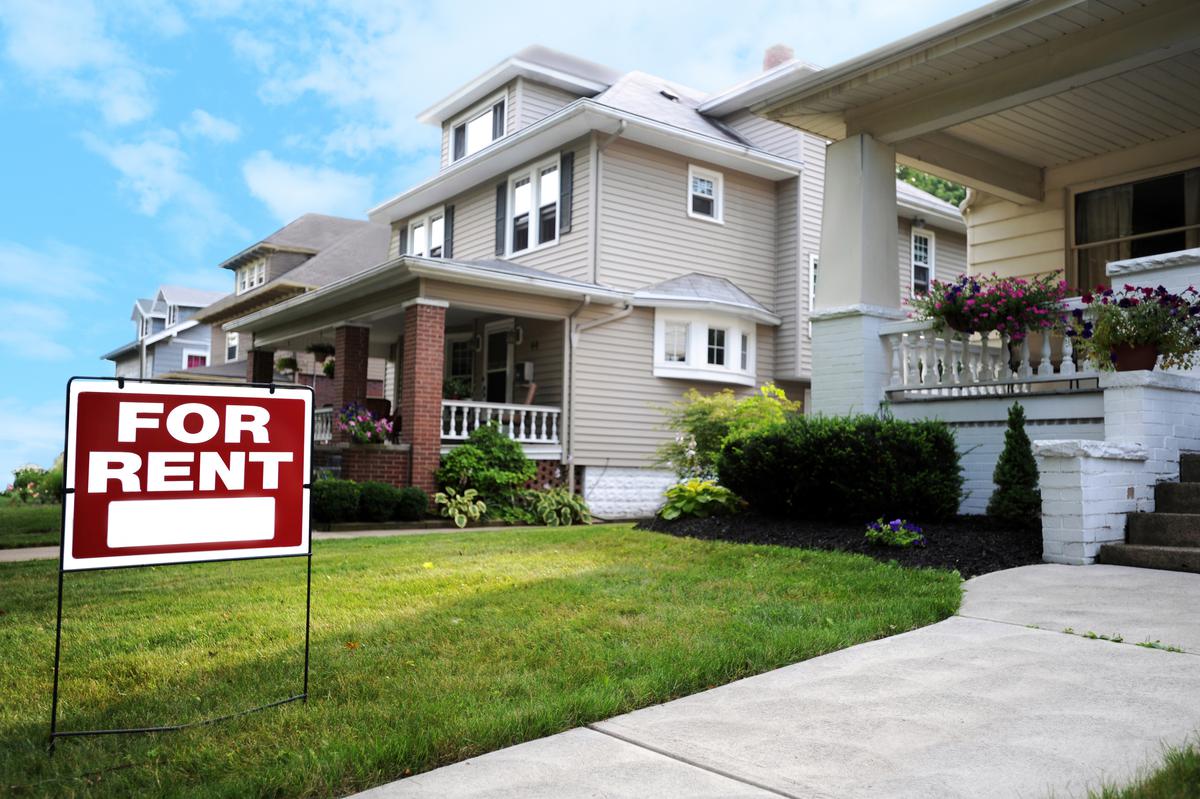


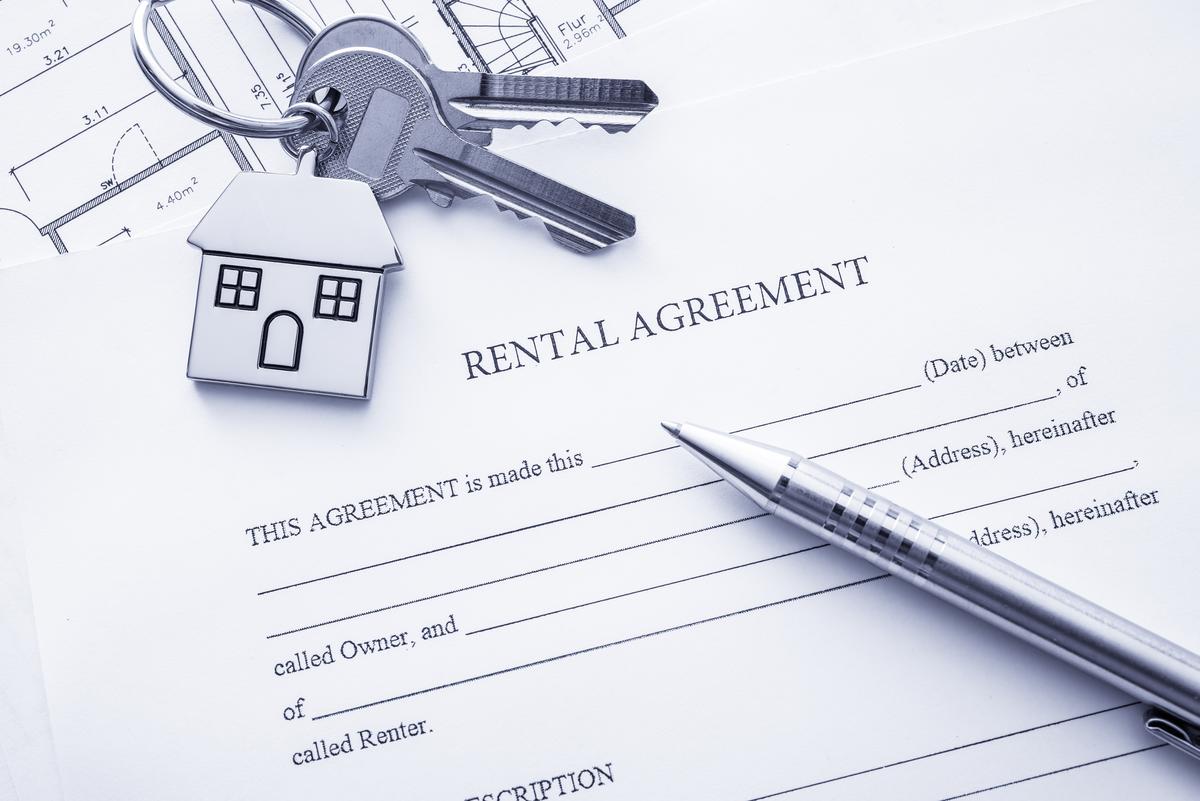

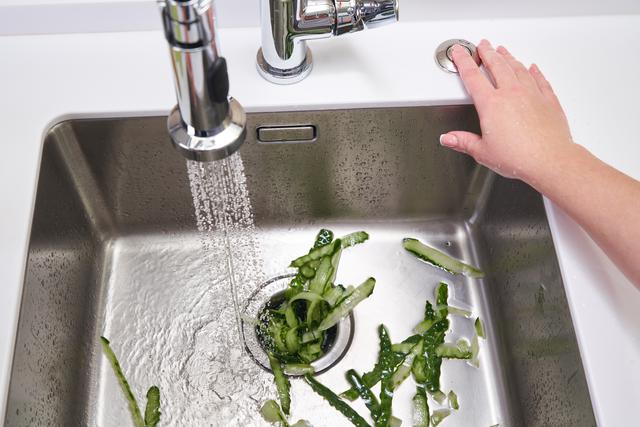
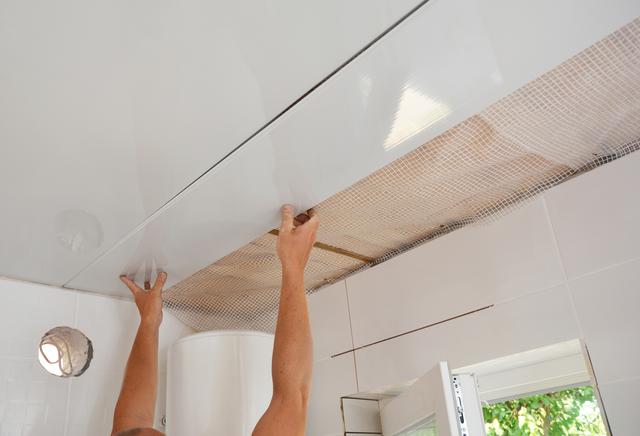
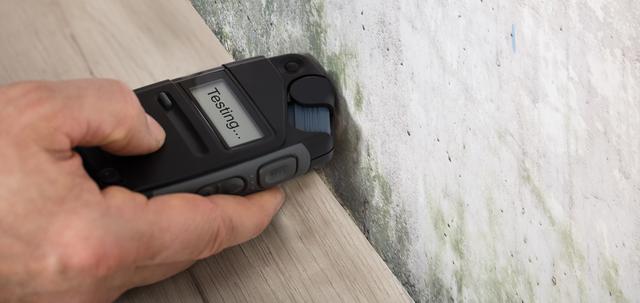
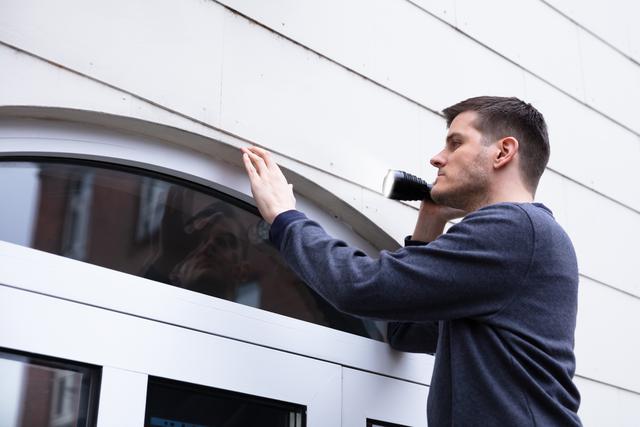
comments